No products in the cart.
KPET PE Bags | KPet/PE Barrier Bags & Flexible Packaging
What Everyone Ought to Know about KPET/PE
It can be daunting to choose the suitable material to fulfill your brand’s needs in the packaging industry. There are several factors to consider: resistance, barrier properties, product features, packaging layout, branding, your customers, printing, and so on.
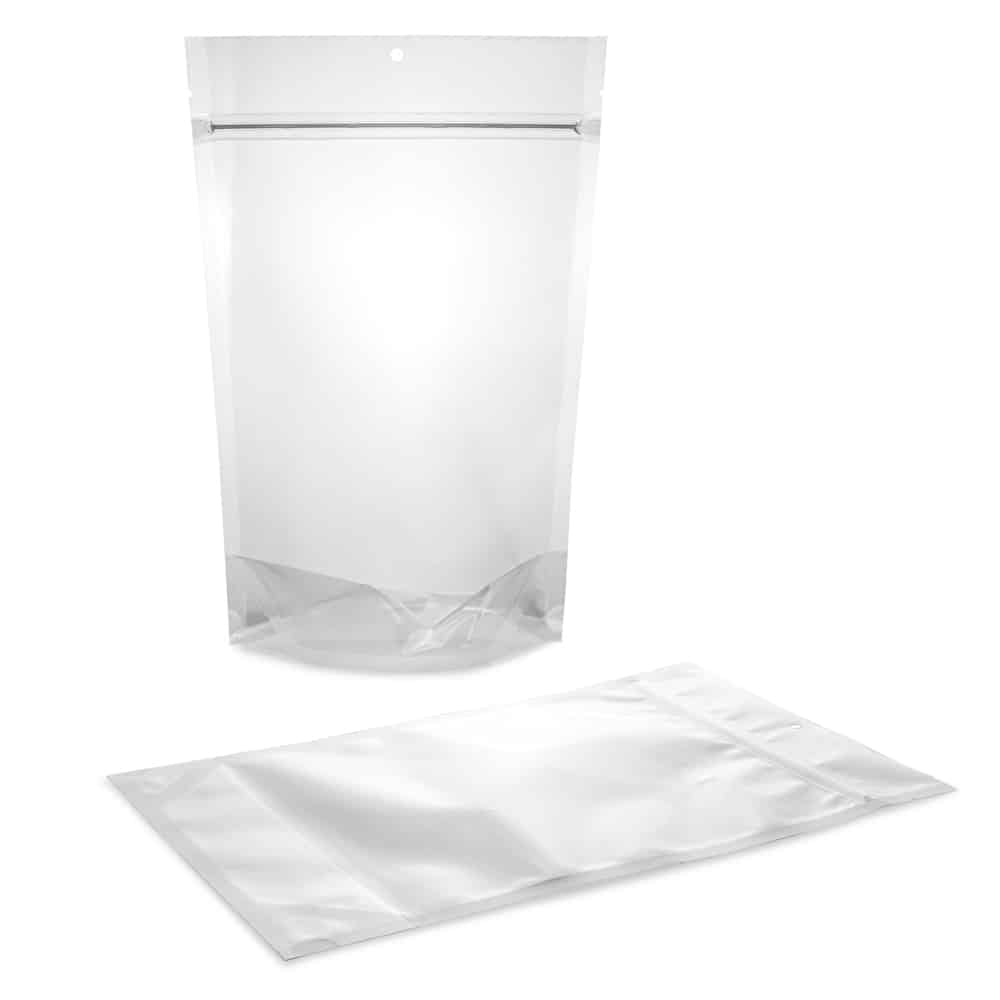
At CarePac, we have packaging experts at your disposal to help you with this choosing task. Nonetheless, we aim to provide the best information about packaging design and materials to ease this decision process.
PET or Mylar is an established packaging material, and one way to enhance this plastic’s properties is the addition of other films and compounds. It’s a solution that proved itself at overcoming packaging obstacles while keeping the costs at a reasonable range.
With outstanding properties and a clear appearance, we offer the KPET/PE film, which is a popular choice for food and pharmaceutical packaging.
What is PET?
PET, short for polyethylene terephthalate, is a popular type of plastic commonly employed in a variety of industries around the world.
It is a strong, clear, lightweight polymer that is widely utilized in the food industry. PET is also used to package inedible materials like liquid soap, shampoos, and window cleaners, just to name a few.
Taking a deeper look at this material, PET at its basic level is formed by a chemical process called esterification. Here, an acid (terephthalic acid) combines with an alcohol (ethylene glycol) at certain defined conditions to form the polyester PET. This material is the most common thermoplastic polymer of the polyester family.
PET has the resin identification number “1”, meaning that it can be recycled repeatedly.
What is PE?
Polyethylene is a popular polymer in the packaging industry and is the most common plastic in use in the world today.
It is available in different forms and is composed of a combination of smaller units (called monomers) of ethylene. PE is classified by its density, with the most common polyethylene types being HDPE, LDPE, and LLDPE.
LLDPE (Linear Low-Density Polyethylene) is defined within a density range of 0.915-0.925g/cm3. It has better tensile strength than the LDPE variant and possesses some favorable qualities like higher impact and puncture
resistance over LDPE. It is popular in the packaging industry and may also be used for cable coverings, toys, buckets, and containers.
LLDPE is useful in film applications due to its unique blend of toughness, flexibility, and relative transparency.
Common CareClear Polyester Laminations
CareClear can be laminated different ways depending on the requirements of what is being packaging. We can help you navigate the decision regarding which lamination is best from a basic PET/PE, or KPET/PE lamination, to enhanced laminations with EVOH, or PVDC coatings.
With so many options we have a lamination for most demanding applications from retort pouches, to a wide array of shelf stable application from FDA food, to industrial packaging. Printed or un-printed the CareClear material family of PET/PE base films is a great solution. Our base CareClear-P PET/PE materials are also an amazingly economical choice.
Name | Base Formulation | Description |
|---|---|---|
CareClear-PP | PET/PE | |
CareClear-PNP | PET/Nylon/PE | |
CareClear-MP | MOPP/PE | |
CareClear-XP | KPET/PE | |
CareClear-XNP | KPET/Nylon/PE | |
CareClear-PNC | PET/Nylon/CPP | |
CareClear-PNEP | PET/Nylon/EVOH/PE | |
CareClear-PXAOP | PET/ALox/PE | |
CareClear-PEASY | PET/EasyPeel | |
CareClear-BB | BOPP/BOPP | |
CareClear-MNP | MOPP/Nylon/PE | |
CareClear-PEP | PET/EVOH/PE | |
CareClear-PR | PET/RCPP | Enter your text here... |
CareClear-PNR | PET/Nylon/RCPP | Cell |
PET & PE Structures
PET is made up of recurring units of the monomer ethylene terephthalate.
The hexagonal-shaped object in this structure (called an aromatic ring) gives this polymer its strength and stiffness. This stiffness makes it more resistant to deformation compared to other polymers.
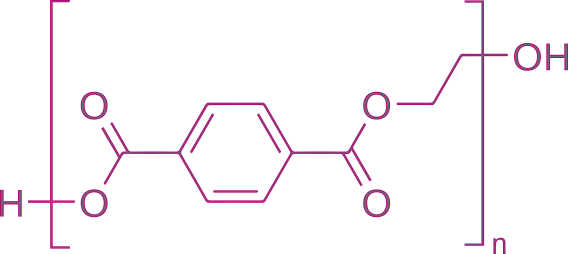
Molecular Structure of PET
Polyethylene is composed of repeating monomers of ethylene and has a molecular structure that looks like this.
PE is made of non-polar, saturated hydrocarbons with high molecular weight. This quality grants it excellent chemical stability, meaning that it is inert to chemical attacks from strong bases and acids.

Molecular structure of polyethylene in its most stable form
Method of Production
PET is produced from a simple chemical process called esterification. This process involves the heating of ethylene glycol and terephthalic acid to a molten liquid which can be molded into different shapes depending on the manufacturer’s specifications.
The two constituents in this process are combined at low vacuum pressure and high temperature, forming long polymer chains. This continues as the mixture thickens, with longer chain polymers being formed. The process is then stopped when the desired chain length is achieved.
PE is produced from the polymerization of ethylene at the right conditions in the presence of a catalyst.
PE film is produced by a process known as “blown film extrusion”. This is a step-by-step process that is used in manufacturing other types of polymers and employs a device called an “extruder” during production.
Why PET & PE over other polymers?
Every day, different types of polymers are synthesized, finding applications in a variety of industries. However, PET and PE have stood out among these polymers in the thin-film industry, leaving users around the world wondering why these polymers dominate thin-film applications.
PET is favored over other plastics in thin-film applications due to its high mechanical strength. It also possesses superb electrical properties which make it a good substrate for film solar cells and incredibly useful in the manufacture of semiconductors.
PET films also display low moisture absorption and an ability to retain their physical properties over a fairly wide range of temperatures. Its
excellent gas barrier qualities mean that this film comes in particularly useful for packaging materials where long shelf life is vital.
PE exhibits good tape adhesion, making it a solid option as a protective barrier in certain applications like waterproofing and painting.
What Type of Coatings Can Be Applied to PET & PE?
While both polymers boast many impressive features that make them great for various purposes, PET has limited barrier properties, especially for certain oxygen-sensitive food and drinks.
The barrier properties of PET can be improved by coating it with high barrier plastics like Nylon 6 and vinyl-alcohol. These coatings are applied to one surface of a monolayer polyester structure.

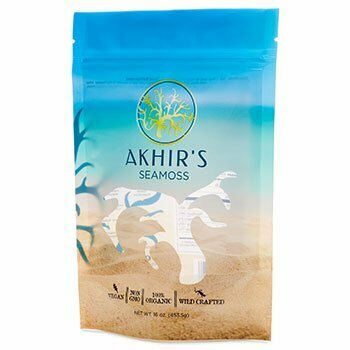
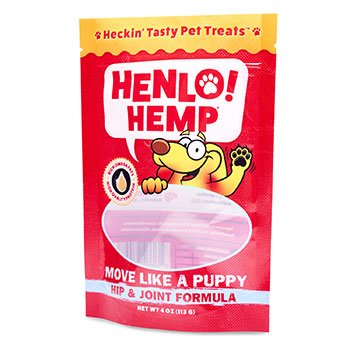
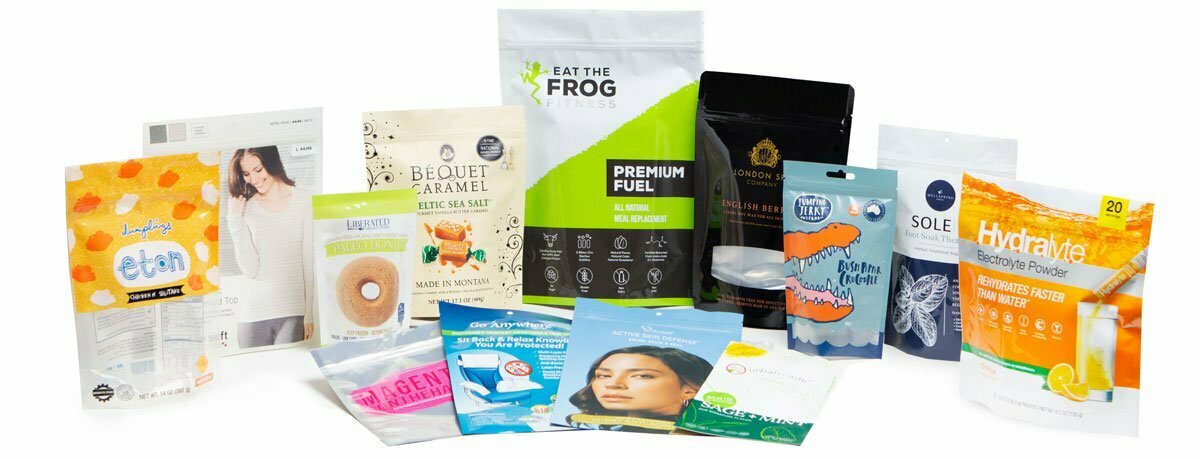
PET Laminated to PE
PET laminated to PE (otherwise termed PET/PE film) is a material composed of a PET film laminated with a thin layer of PE film. This material is available in a variety of forms depending on its purpose. Common variations of PET/PE include coatings with EVOH, PVDC (KPET), and haptic coatings like soft touch.
PET/PE film is different from other polymers as it has a terrific barrier against oxygen, moisture, and gases. It is air and water-tight, making it an ideal option for packaging perishable goods with limited product shelf life.
Common Applications and Uses of PET/PE Film
PET/PE film is commonly employed in the packaging industry. Some of its applications include:
- Food and beverage packaging.
- Thermoforming process for multiple packaging applications.
- Pharmaceutical and medical products packaging.

Comparison of PET/PE to other barrier materials
PET/PE film is better suited to packaging certain substances over other barrier materials due to its properties. PET/PE film, which is a double layer barrier, has better optical transparency and is lightweight compared to other barrier materials like metals.
It is a transparent material that offers an economical clear barrier. It is also chemically inactive and will not interact with your product in any way.
Technical Specifications
PET/PE can be altered in several ways to produce different variations through the use of coatings. It is FDA-approved and possesses a high contact clarity. The example technical specifications below are for a 3.0 mil PET/PE lamination.
Properties | Test Method | Unit of Measure | Typical Value |
|---|---|---|---|
Caliper | mils | 3.0 | |
Yield | sq. In/Lb | 8,564 | |
MVTR | Mocon | gms/100 sq.in. /24 hrs | .33 |
OTR | ASTM-1434-66 | cc/100 sq. in /24 hrs | 7.3 |
Haze | Mullen | PSI | 47 |
Tensile MD | ASTM D-882 | Lbs. at break | 19 |
Tensile XMD | ASTM D-882 | Lbs. at break | 22 |
Tear MD | ASTM 689 | Lbs. at break | 48 |
Tear XMD | ASTM 689 | Lbs. at break | 48 |
Puncture | Fed. TM 2065 | Lbs | 12 |
Here is a simple table showing the properties of a 3 mil PET/LLDPE laminated film.

